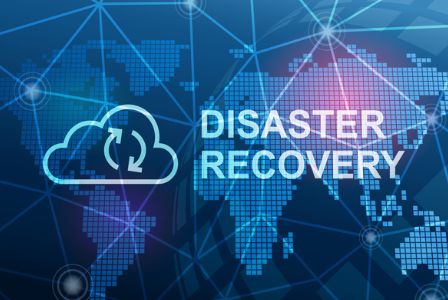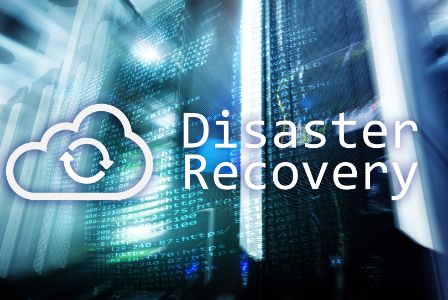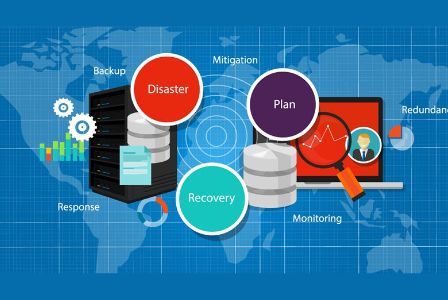Benefits of Disaster Recovery
No organization can afford to ignore disaster recovery. The two most important benefits of having a disaster plan in place, including effective DR software, are:

Cost Savings: Planning for potential disruptive events can save businesses hundreds of thousands of dollars and even mean the difference between a company surviving a natural disaster or folding.
Faster recovery: Depending on the disaster recovery strategy and the types of disaster recovery tools used, businesses can get up and running much faster after a disaster, or even continue operations as if nothing had happened.

















